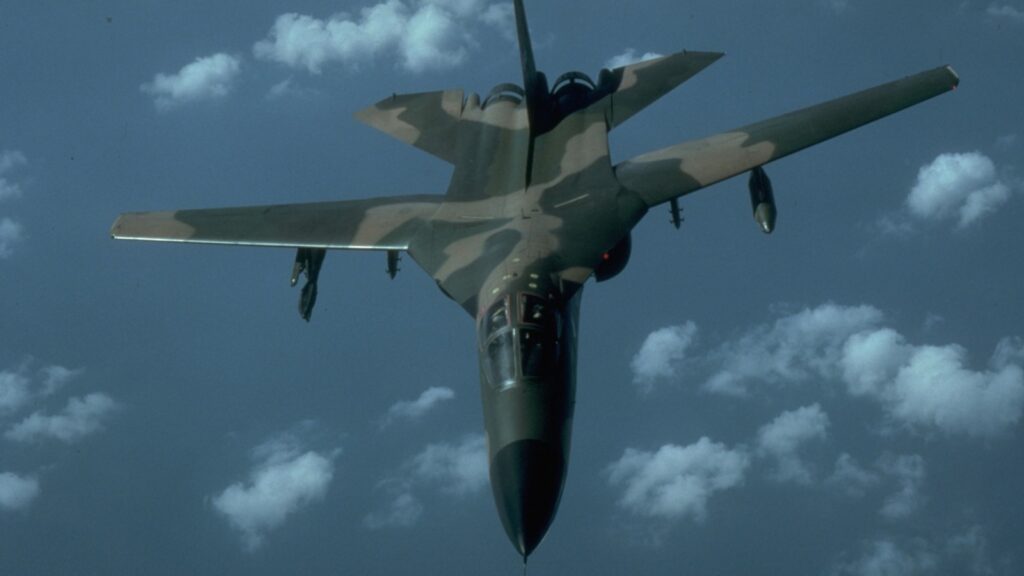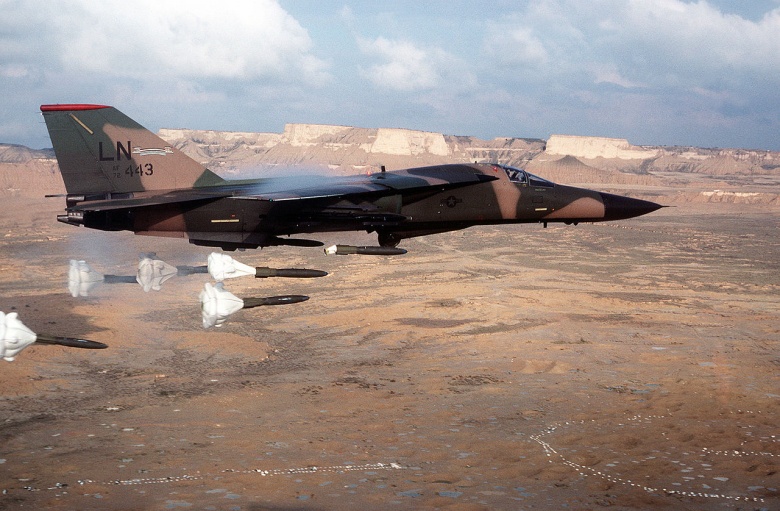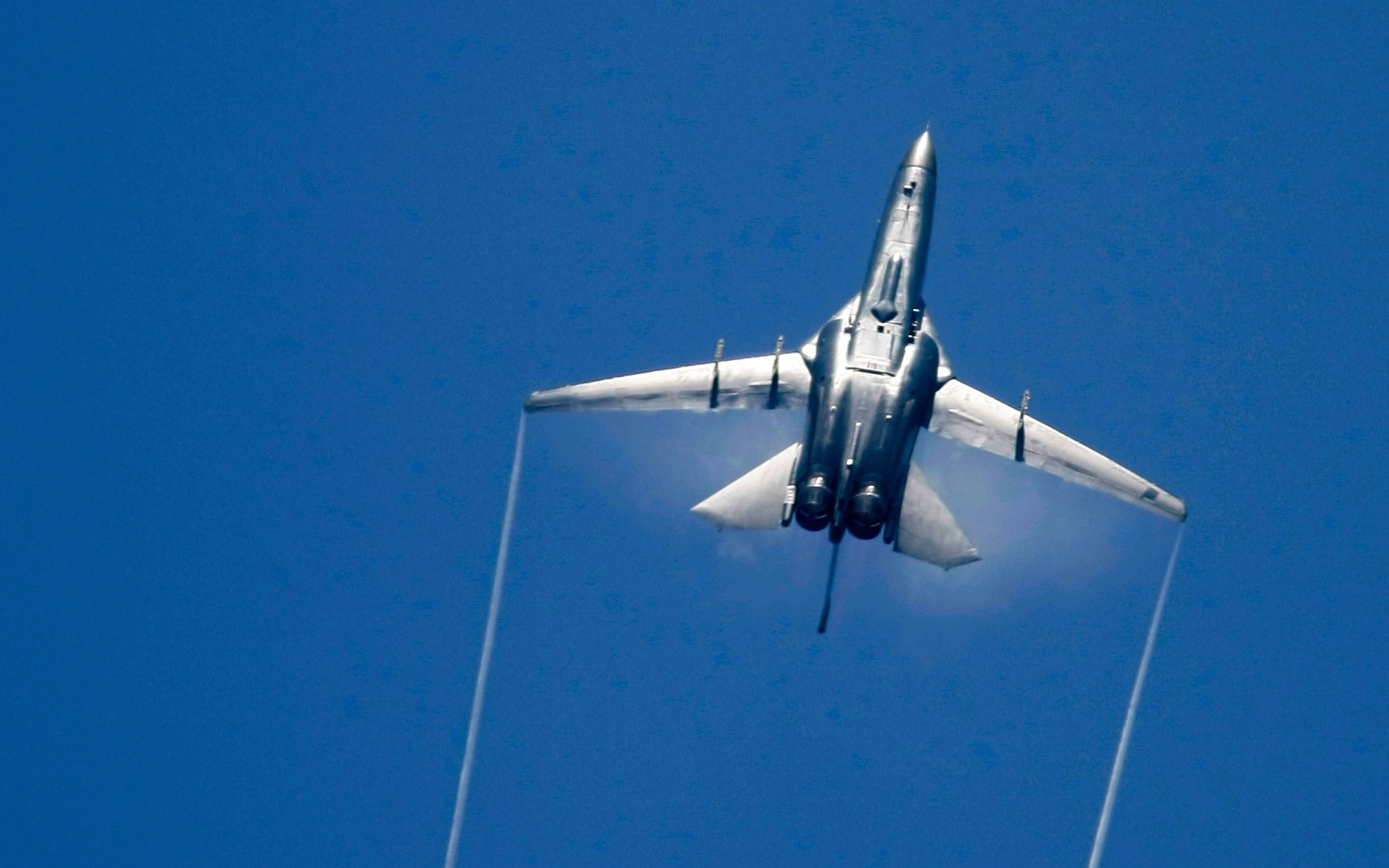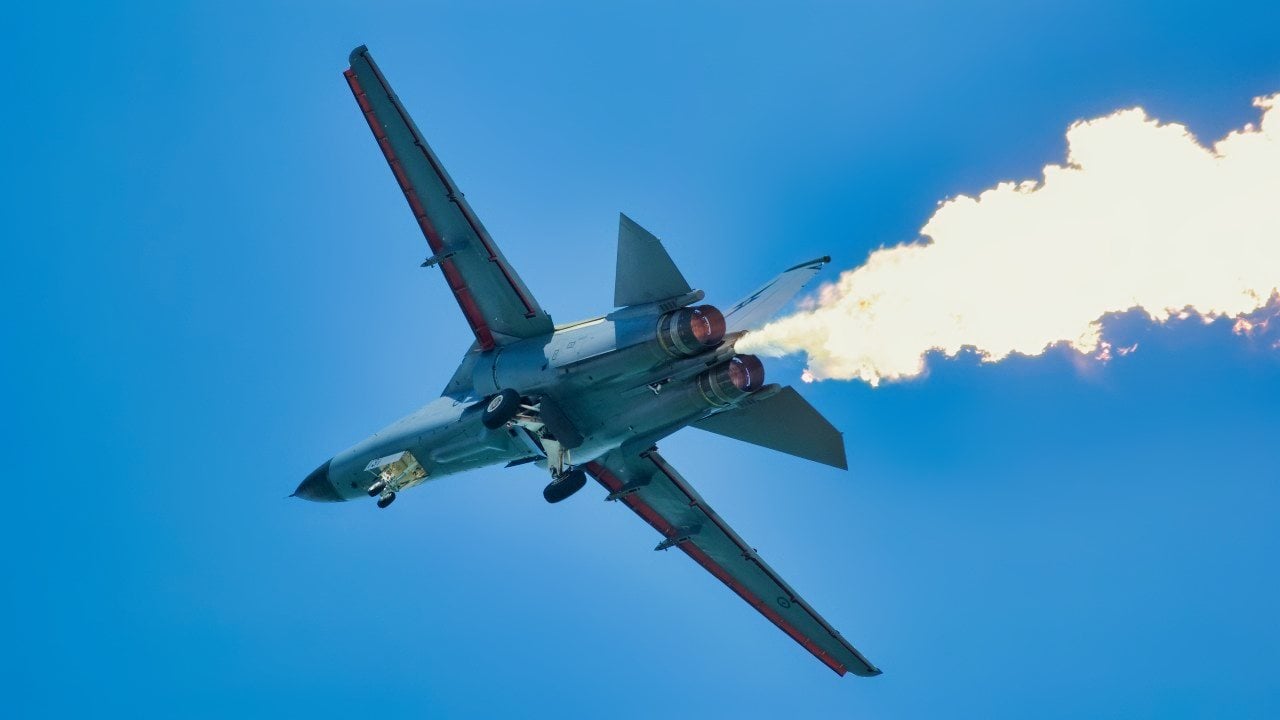
Summary: The article discusses the F-111 Aardvark, a Cold War-era strike aircraft known for its sweep-wing design and two-seat configuration. It served in the Vietnam War and remained in the US Air Force’s fleet until the late 1990s, while the Royal Australian Air Force used it until 2010. The article explores whether the US retired the F-111 too early. The F-111 was a Cold War-era strike aircraft, distinct for its sweep-wing format and two-seat configuration. The F-111 debuted during the Vietnam War and served venerably for decades. The US Air Force didn’t retire the F-111 Aardvark until the late 1990s. Yet, the Royal Australian Air Force (RAAF) kept imported F-111s in service until 2010, raising the question: did America retire the F-111 too early? The answer depends on your perspective and your priorities.
The Design of the F-111 Aardvark
Initially, the F-111 was designed with an A-variant and a B-variant. The A-variant was to be used with the US Air Force; the B-variant was to be used with the US Navy. The B-variant was scrapped before entering production, however, while the A-variant became the F-111 that would serve for multiple decades.
Nicknamed “Aardvark” because of the airframe’s distinctively long nose, the F-111 debuted a variety of then-novel technologies. Most notably, the F-111 was the first sweep-wing aircraft ever to enter production. The sweep-wing, which became familiar to the general public thanks to the sweep-wing F-14 Tomcat featured so prominently in Tony Scott’s Top Gun, is a wing that can pivot back and forth, mid-flight, to change the shape of the aircraft.
The result is an aircraft that can operate in a straight-wing configuration (creating maneuverability at low speeds) and a swept-wing configuration (to achieve supersonic speeds). The Aardvark’s wings could sweep between 16 degrees and 72.5 degrees.
Sweep-wing technology never became the standard for military jets. The majority of military aircraft feature fixed wings. Yet, several prominent jets incorporated sweep-wings, including the Su-17, MiG-23, Tu-22M, Su-24, Tu-160, B-1 Lancer, Panavia Tornado, and of course, the F-14.
The F-111 introduced more than just swept-wings; The F-111 had afterburners on turbofan engines, a terrain-following guidance system – and an escape capsule for ejecting the entire two-person crew together. The afterburners and terrain-following guidance have become standard features in military aviation.
While the F-111 debuted several new features, the jet did resemble a contemporary: the A-6 Intruder, best remembered for the film Flight of the Intruder, featured Danny Glover and Willem Dafoe. Like the F-111, the A-6 could operate in all-weather conditions and was designed to penetrate enemy defenses, using terrain-following guidance and drop bombs. But where the A-6 was slow and bulbous, the F-111 was sleek and fast, with swept-wings and supersonic top speeds.
The F-111 in Action
The F-111 entered service in time to join the American effort against the North Vietnamese. However, the F-111’s first deployment did not go well. Debuting in March 1968, F-111s began crashing. The cause of the crashes was a mystery. After a third F-111 crashed in just two months, the new jet was grounded and the problem was diagnosed: a hydraulic control-valve rod for the horizontal stabilizer sometimes caused the F-111 to defy the pilot’s inputs and pitch up dangerously.

When the entire fleet was inspected for the horizontal stabilizer flaw, 42 jets were found to feature the problem. The F-111 fleet would not become operational again for three years.
Once the horizontal stabilizer problem was sorted, the F-111 became an asset to US efforts, effectively delivering ordnance during Operation Linebacker and Operation Linebacker II. The North Vietnamese came to fear the F-111 specifically, referring to the strike aircraft as “Whispering Death.”

Retired Too Early?
The F-111s were still in service when the US commenced Operation Desert Storm in 1991. The F-111 served admirably, completing 3.2 successful strike missions for every unsuccessful strike mission; the F-111s success ratio was better than any other strike aircraft that the US used during the conflict. Yet, just a few years after outperforming newer and more heralded strike aircraft, the F-111 would be retired from service – more than a decade before the Australians would retire the F-111 – begging the question: did the Americans retire the F-111 too early?

The answer comes down to how much you want to spend on defense. The F-111’s performance was still adequate to warrant inclusion in the US’s force structure. But the Cold War era jet required a lot of maintenance time for each hour of flight time – meaning that the jet was rather expensive to maintain. And by the late 90s, the US had versatile airframes (like the F/A-18 Super Hornet and F-15E Strike Eagle) that could slot in and perform the F-111s functions reasonably well.

Maybe the F-111 was better at its sole and specific strike function. But the versatile airframes were more cost-effective – which counted for more in the cost-conscious post-Cold War era.
Keeping the F-111 in service would have given the US a broader depth of strike options – but in the unipolar moment of the 1990s, the cost was hard to justify.